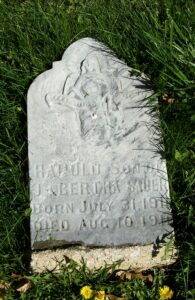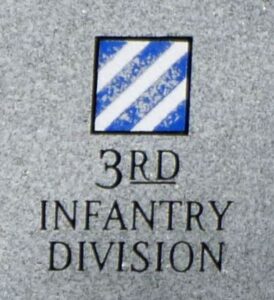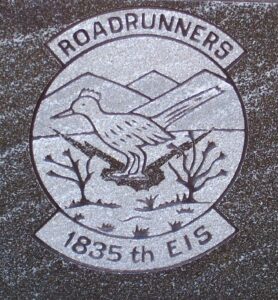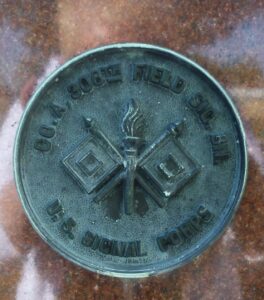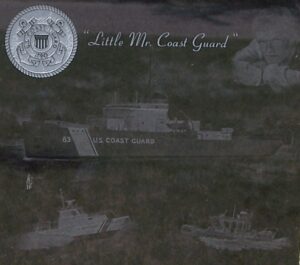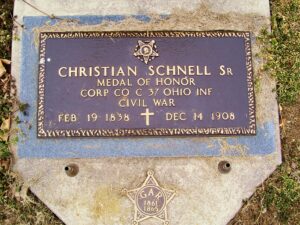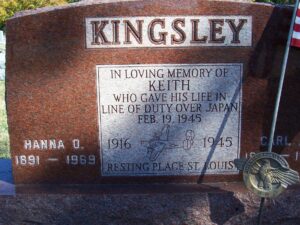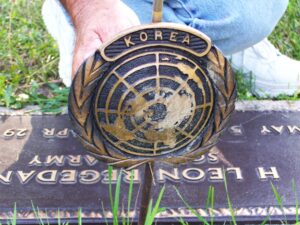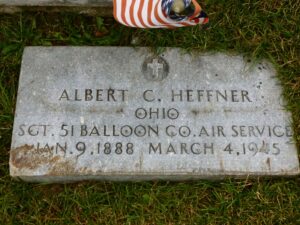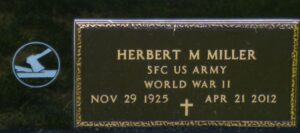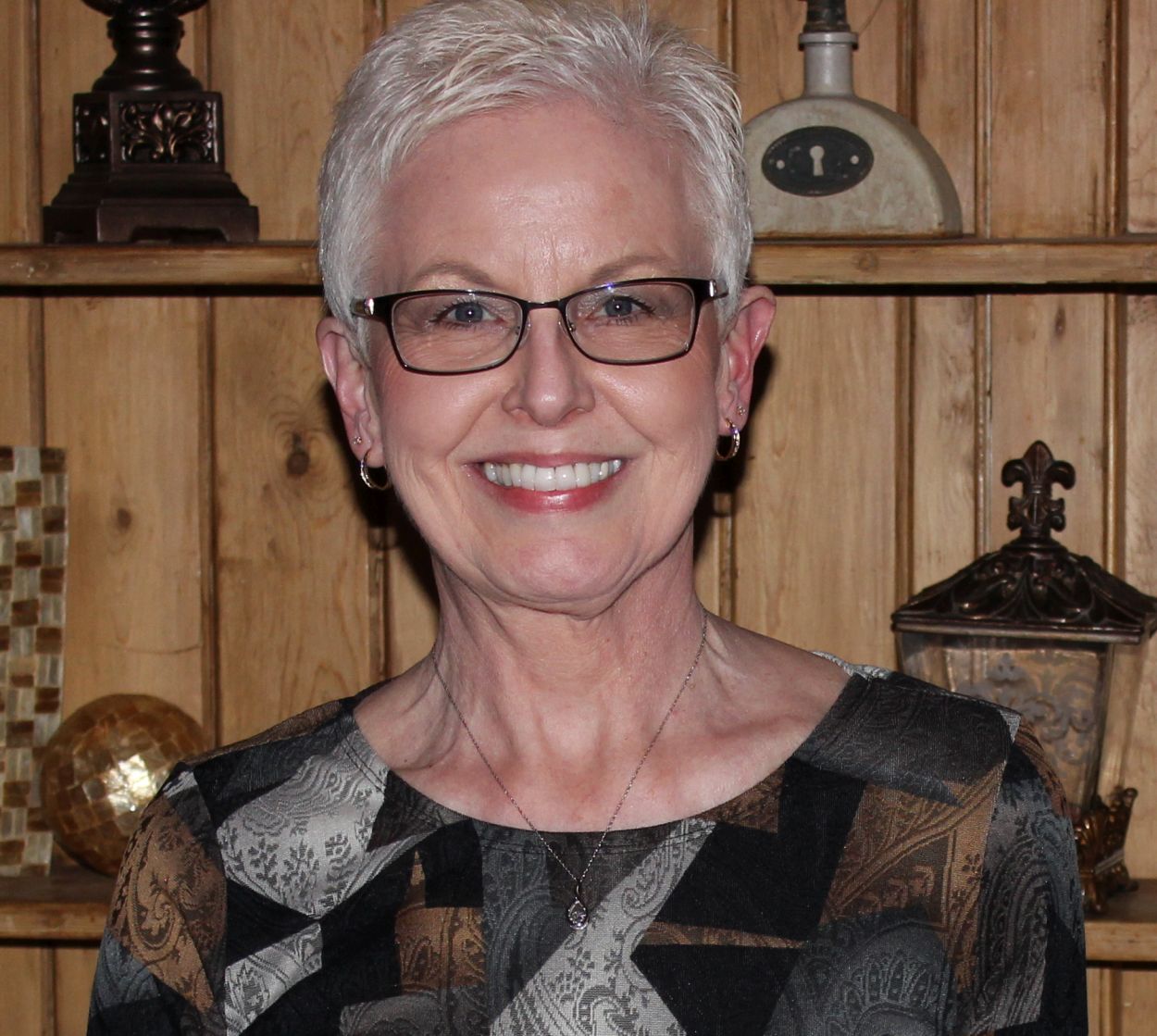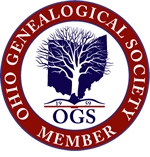Perhaps your ancestor was a church officer or trustee at the former Duckcreek Church. [1]
Below is a list of the Duckcreek Church leaders and trustees from 1879-1880. The trustee list is broken into two lists, Willshire and Duckcreek, the two churches that made up what was the Willshire Circuit at the time.
Duckcreek Church Officers, 1879-80:
0.J. Sims, L. Preacher, appointed June 1875
D. Smith, Steward
M. Detro, Steward
Wm. Beall, Recording, appointed December 1878
John Davis, Duckcreek, Recording
M. Foreman, Recording
D. Smith, Class Leader
M. Detro, Class Leader
H. Miller, Class Leader
Wm. Beall, Class Leader
J. Wechter, Class Leader, appointed Nov 1878
Baldwin Clark, Duckcreek, Class Leader, September 1878-Sep 1879
Alexander Counterman, Duckcreek, Class Leader, appointed September 1879
Willshire:
D. Smith, Trustee
D. Casto, Trustee, appointed June 1879
Wm. Foreman, Trustee, removed September 1880
Wm. Beall, Trustee
J. Wechter, Trustee
M. Detro, Trustee
Dr. Shaffner, Trustee, appointed June 1879
F. Roop, Trustee, appointed September 1880
Duckcreek:
A. Counterman, Trustee
John Davis, Trustee
M. Foreman, Trustee
B. Clark, Trustee
S. Hollinger, Trustee, removed September 1880
Wm. Haefner, Trustee, removed September 1880
D. Tinkham, Trustee
Dr. Shaffner
J. Wechter
[1] Duckcreek Church was established in 1858. A frame church was built about 1868 and was located a couple miles north of Chatt on State Route 49 in Mercer County, Ohio. The church was destroyed by a tornado in 1920 and was never rebuilt. Many of its members joined the Chattanooga Methodist Church after their church was destroyed.

